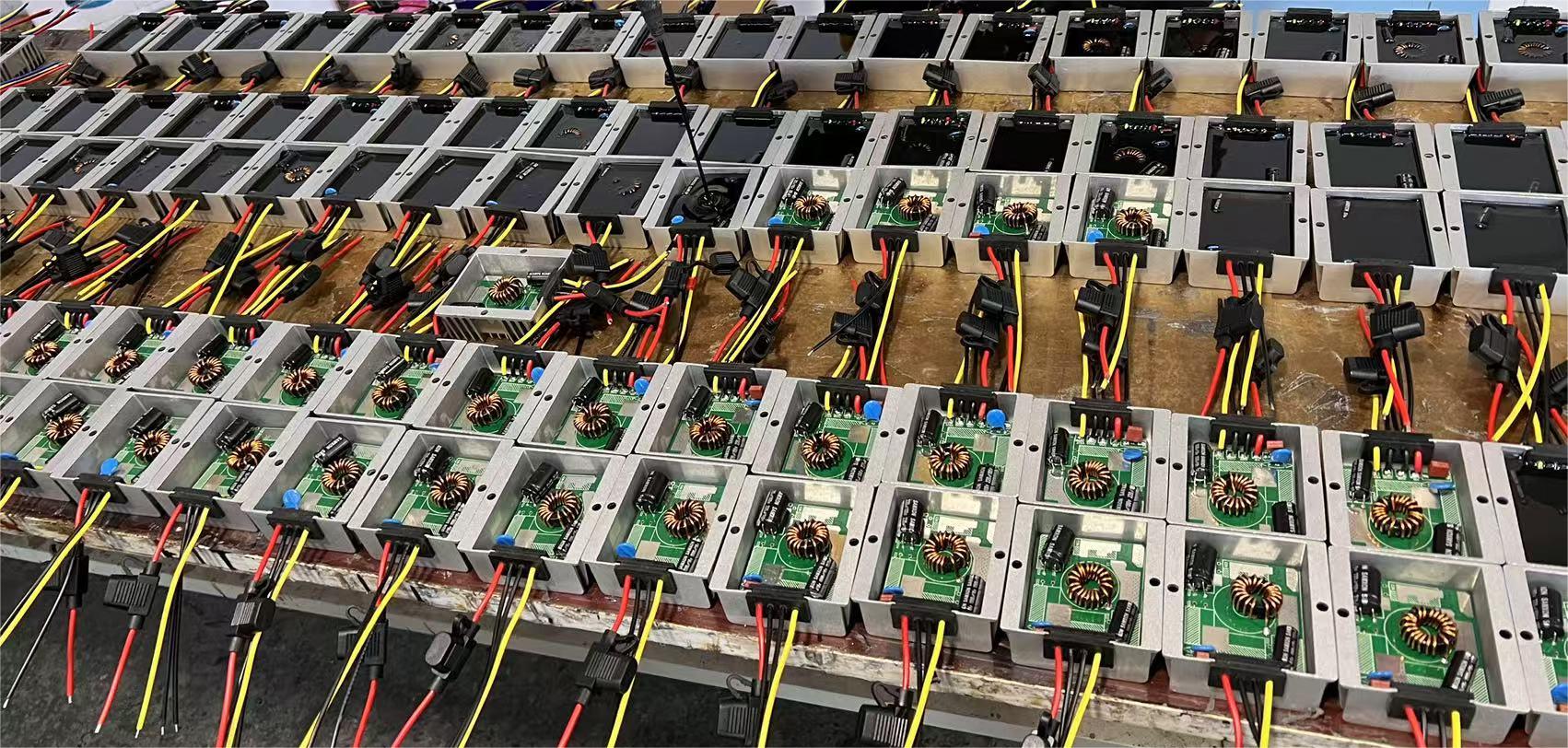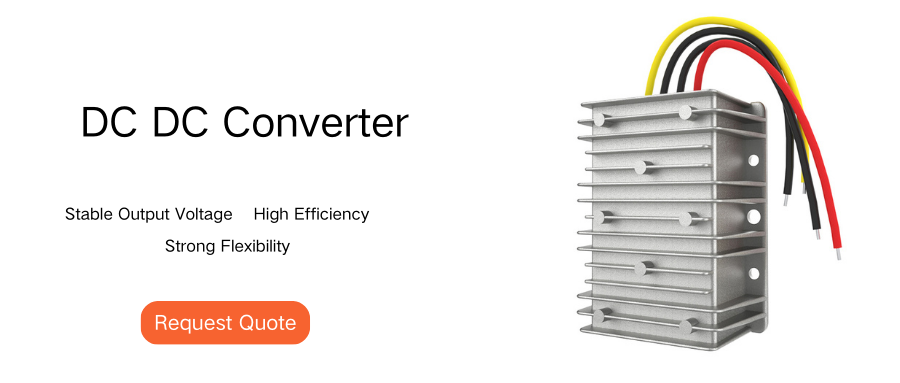DC-DC stands for DC-DC converter, and its main function is to convert one DC voltage into another. It is like a "transformer" in the electronic world, but unlike traditional transformers, DC-DC converters can flexibly and efficiently change the voltage value of DC according to actual needs to meet the power needs of different devices. So how do you choose a DC-DC converter?
Determine the input and output voltages
The first step is to determine the input voltage range and output voltage requirements of the DC-DC converter according to the actual application requirements. The input voltage is usually provided by the power supply, while the output voltage depends on the operating voltage of the connected electronics. When selecting, make sure that the input voltage range of the DC-DC converter can cover the actual supply voltage fluctuation range, and that the output voltage can meet the requirements for stable operation of the electronic equipment.
Consider the output current and power
The output current and power of the DC-DC converter are determined based on the power requirements of the connected electronics. The output current should be greater than or equal to the maximum operating current of the electronic device to ensure that sufficient power can be supplied. At the same time, it is necessary to pay attention to the power loss of the DC-DC converter to avoid problems such as heat generation and reduced efficiency due to insufficient power.

Choose the right type
According to the actual application scenario and needs, choose the appropriate type of DC-DC converter. If you need to reduce the high voltage to the low voltage, you can choose a step-down converter; If you need to ramp up the low voltage to the high voltage, choose a step-up converter; If the input voltage range is wide and both boost and buck functions are required, a buck-boost converter can be selected. In addition, different types of DC-DC converters can be selected depending on the application requirements, such as isolated or non-isolated, synchronous or non-synchronous rectification.
Focus on efficiency and stability
The efficiency of a DC-DC converter has a direct impact on the power consumption and heat generation of the entire system. Choosing a high-efficiency DC-DC converter can reduce energy losses and improve system reliability. At the same time, it is necessary to pay attention to the stability of the DC-DC converter, including the stability of the output voltage, ripple coefficient, noise and other indicators. These indicators have a direct impact on the operational stability and reliability of the connected electronic devices.
Consider size and cost
Some application scenarios, such as portable electronic devices and miniaturized devices, have strict requirements for the size and cost of DC-DC converters. When choosing, it is important to weigh the size and cost factors of the actual needs to choose the right DC-DC converter. At the same time, care should be taken to choose a DC-DC converter with good heat dissipation performance to ensure that performance and reliability will not be affected by overheating during operation







